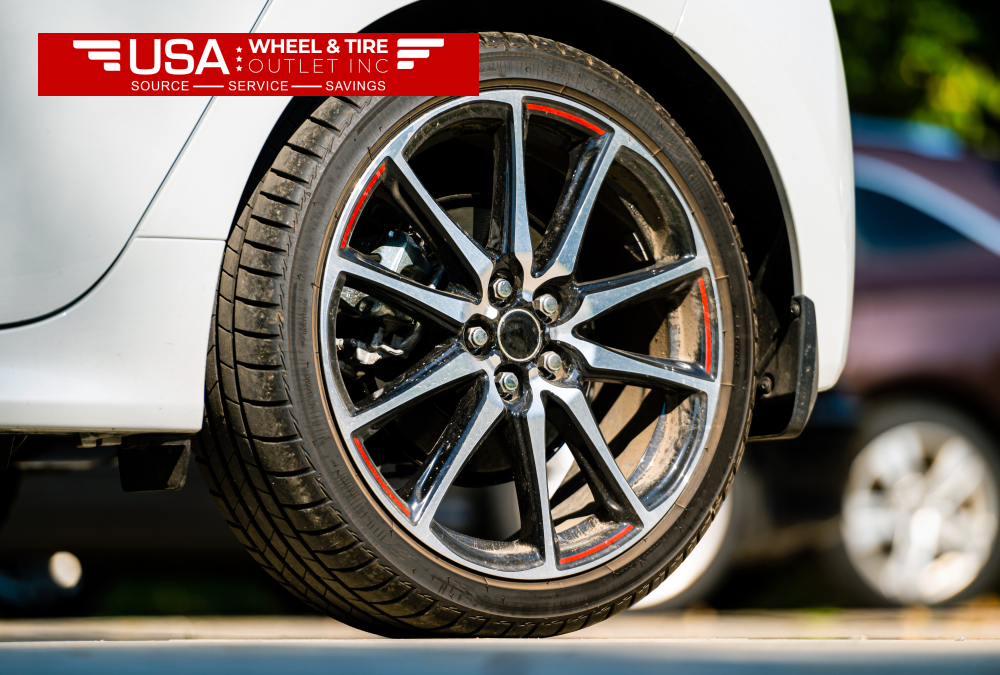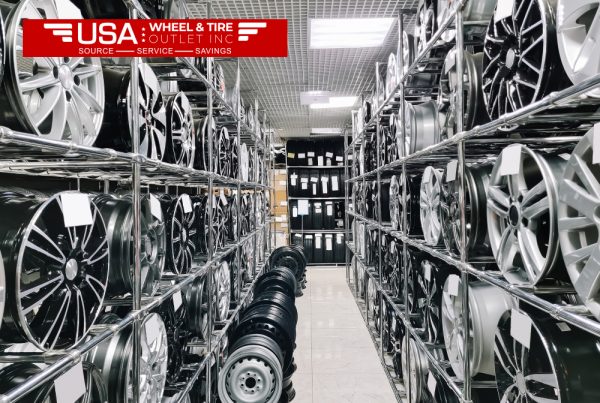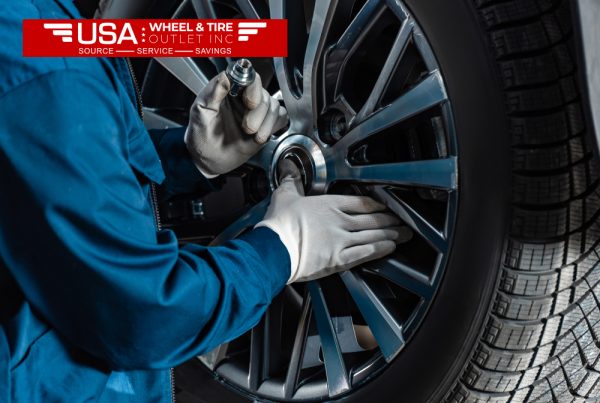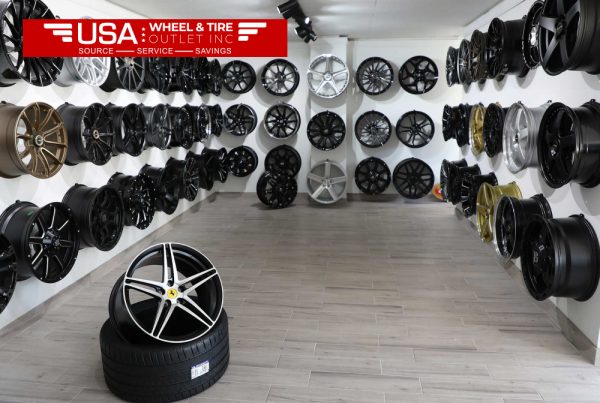Most drivers have developed a passion for low profile tires, whether for their vehicles or when driving them around. Many reviews on various sites justify such an affinity. Here, this guide will help you make a simple assessment of low profile tires – what are they and their advantages and disadvantages, how they behave under a variety of conditions and some tips on WHAT TO DO when using them.
What Are Low Profile Tires?
These tires are those whose sidewalls are shorter than those on the standard tire width measurements. That is a tire aspect ratio for any tire of 50 or lower. For example, to get a low aspect ratio, the tire aspect ratio of 225/40R18 is simply that. From this marking, one can tell the tire width is 225mm, and the height is 90mm or 40% of the width. Sporty vehicles use such a tire as the design assumes more driving management on the road from the driver.
Low Profile Tires Main Characteristics
Aspect Ratio: It is an indication of the height of a sidewall of a tire and the width of a given tire. Most low profile tires have an aspect ratio of 45 degrees and below. This is justified by the use of Racing tires or auto strain.
Widest Tread Patterns: Conventional In terms of their designs, most low profile tire come with wide plain treads or tread patterns. This ultimately improves grip and stability especially at sharper angles and higher speeds.
Larger Rim Size: Most tires come along with large rim wheels, often from 17 inches wheel size to larger, usually 17 inches or higher. This may also influence the rims selection as well as fitting them to the vehicle.
Advantages of Low-Profile Tires
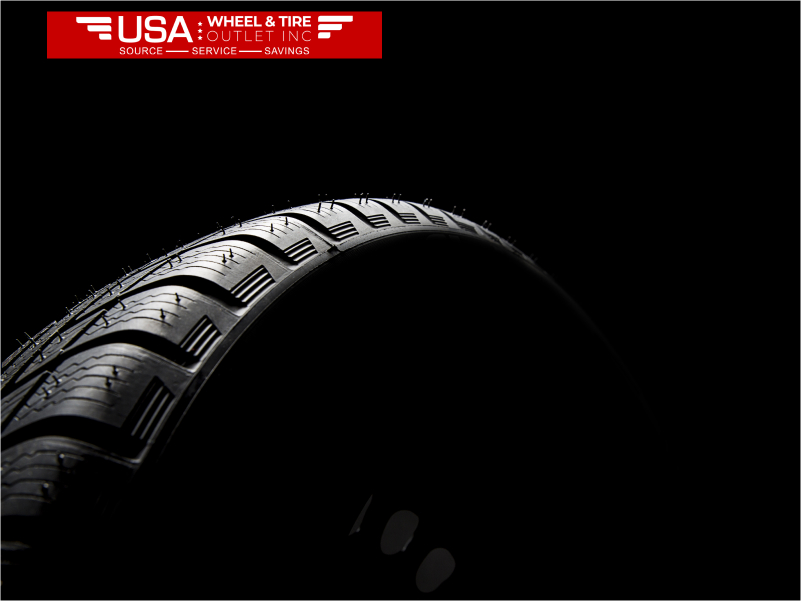
Low-Profile tires have a few benefits over standard tires that include
Better Grip: One can sense that even though low-profile tires might not be comfortable, there are other good returns in terms such as better grip. Due to these traits, sports cars fall in love with low profile tires.
Glamorous Glamour: The aesthetics design of these rims give the car a sporty look making it an attractive wheel for road users who intend to be noticed.
Better Performance: Most low-profile tires are created using finer materials and tread patterns that give better performance on dry pavement. It could be very helpful to sport car drivers.
Less Noisy Ride: Some of the types of low-profile tires are designed to reduce noise further as a result of contact with the ground further improving the experience of traveling inside the vehicle.
Disadvantages of Low-profile Tires
Shabbier Ride: Apart from that, the low-profile tires also relatively short sidewalls hence are harsh riding tires when in the low profile attitude. This means less shock absorption effects from bumps and potholes that are usual on most rugged roads which is not convenient.
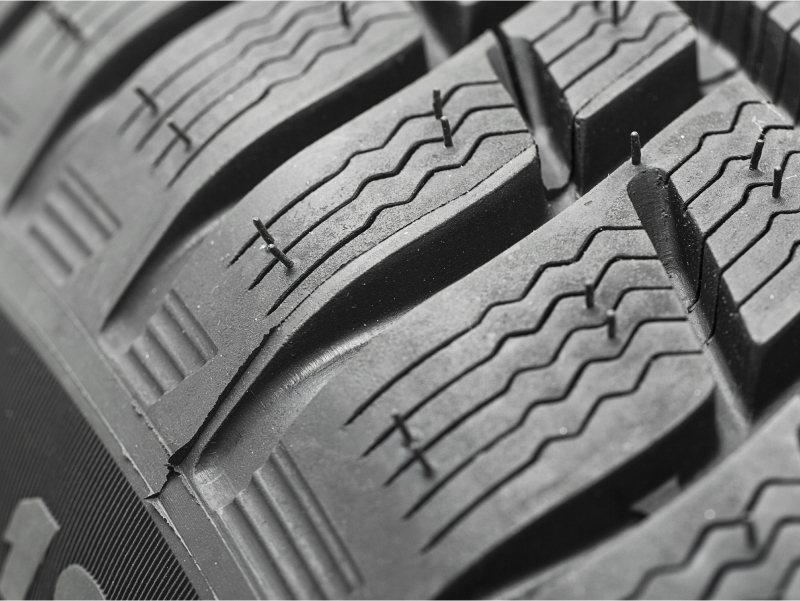
Terrain Specificity: These tires only work well on smooth paved surfaces but are not so suitable for any other activity due to the strong capability that these tires have against external conditions, which calls for tires that can go through bushes and rough terrains.
Costlier: However, low profile tire seem to be costlier than the average standard tires. Their performance driven design may also wear quicker requiring them to be replaced much more often. Low profile tire often attract higher prices than the standard tires because of their special design and performance capabilities. Furthermore, the costs associated with repairing damaged tires tend to increase as time elapses for drivers often experiencing bad road conditions. Most buyers would be encouraged to purchase wholesale tires because of the cost savings involved.
Wear and Longevity: Low profile tire are primarily built for high performance and therefore tend to be less durable. They can wear faster under extreme driving conditions.
Performance Characteristics
Dry and Wet Conditions: Low profile tires perform well in dry conditions, they offer better grip. Under wet conditions, they are not so efficient, although some types can be engineered to reduce chances of hydroplaning.
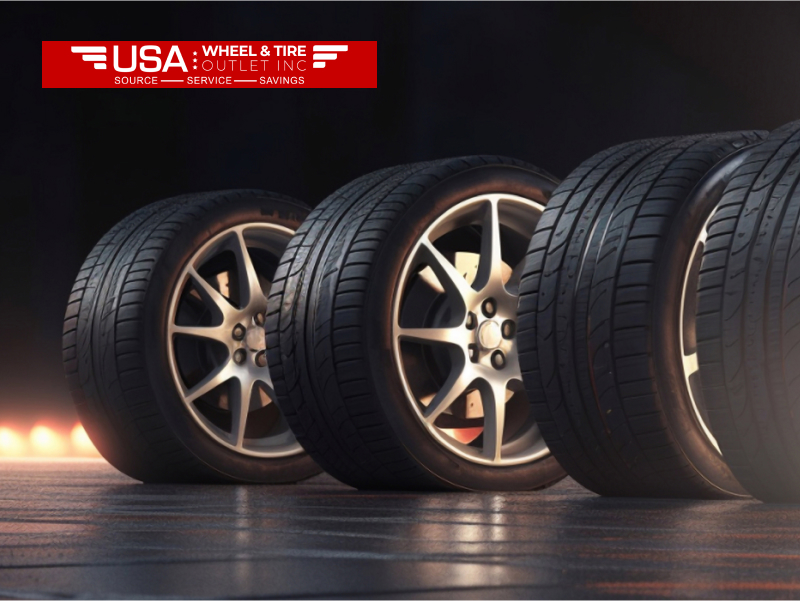
Fuel Efficiency: Low profile tire cause high rolling resistance because of the wide profiled design; however, multiple materials help to decrease it.
Low-profile tires will ask you to think over the following:
1. Vehicle Compatibility: First check whether your vehicle is compatible with low-profile tires. Check out the manufacturer’s guidelines about the tires size and load rating.
2. Driving style and road conditions: Consider what kinds of regular driving styles and roads you normally face. For example, on a lot of bad roads? Fine, just stick to the traditional tire for a while. Smooth roads however see low-profile tires that make riding much easier.
3. Performance over comfort: The question is where to draw the line: do you consider ride quality to be more important, or performance? There are tires in the low profile class that compromise ride for greater handling.
4. Budget: Budget not only the initial price of a low profile tire but replacement costs, as this group can vary in cost.
5. Seasons Usage: when you have the variation of seasons, you would want to replace the low profile tire with the changes in weather conditions. There are seasonal low profile tire, such as the summer and the winter.
6. Brand and Model Reputation: Research a bit on the brands and their models. Find reviews and ask people around you who can give you some recommendations. It would lead you to a good brand and model.
Conclusion
Low-profile tires therefore improve your ride’s looks and overall performance for most drivers but cost you in the sense that it adds up to less comfort and at a higher price.
Read Also: All About Load Range E Tires
Ultimately, it would be the right tire that mattered for a proper performance and safety of your automobile. And with these above-stated factors considered, you are surely to have an enjoyable and safe riding experience while catering to your needs and preferences.
FAQs
1. What Are Low-Profile Tire?
Low-profile tire have a shorter sidewall and a wider tread, giving them a sleek appearance and improved handling.
2. Are Low-Profile Tire Durable?
They are less durable than regular tires, as the shorter sidewall makes them more prone to damage from road impacts.
3. What Is the Rim Size of Low-Profile Tire?
Low-Profile tire are typically fitted on larger rims, often 18 inches or more, depending on the vehicle.
4. How Do Low-Profile Tires Enhance Performance?
They improve handling, cornering, and responsiveness by providing better road contact and reducing tire flex.

